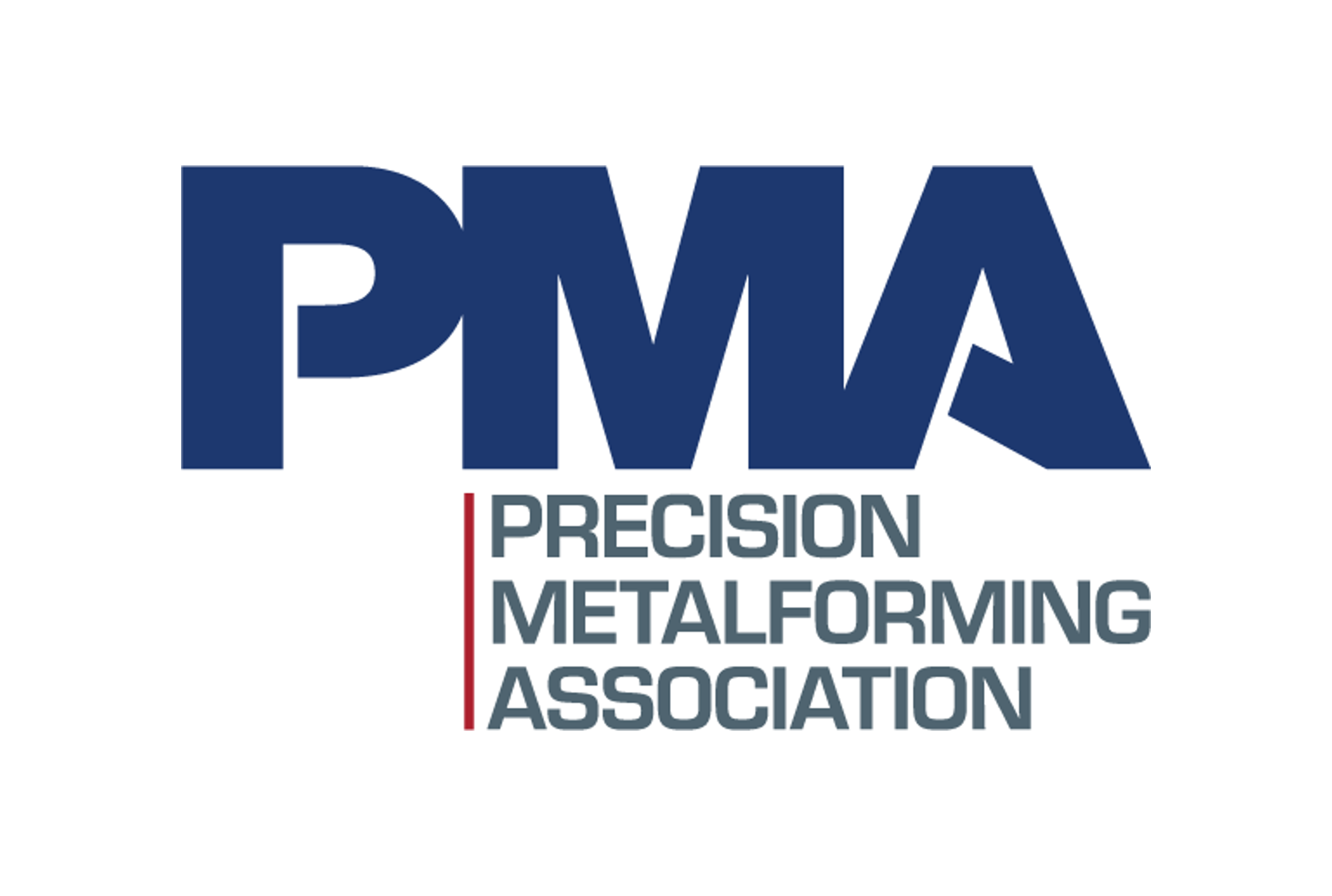Market Data

March 13, 2018
SMU Market Trends: Tariffs to Hurt Manufacturing
Written by Tim Triplett
President Trump’s 25 percent tariff on steel from countries around the world comes at what cost? The trade action by the Trump administration is unpopular among the majority of the executives who responded to Steel Market Update’s market trends questionnaire last week just before the president announced the tariffs, as expected.
Nearly seven out of 10 respondents (68 percent) agreed that the tariff will raise steel prices at the expense of U.S. manufacturing. Another 13 percent believe it will start an unwanted trade war. About 8 percent say it does nothing to address the overcapacity of steel production around the world, which is the root cause of the unfairly traded imports that get dumped into the United States.
Certainly, the tariff has supporters in the steel industry. About 9 percent of respondents said the tariff will strengthen U.S. steel mills and protect the nation’s security. Another 2 percent predict it will have no negative impact on the U.S. economy as a whole.
Readers’ comments show the emotions on both sides of the issue:
• “Tariffs will raise steel prices, start a trade war and will do nothing to address overcapacity worldwide.”
• “Along with creating unwanted trade wars, it’s just plain stupid politics and Ross should be fired.”
• “If the White House was so concerned about national security, Trump should focus on the national debt. These prices hurt American manufacturing and could easily start a trade war. We buy foreign cold rolled and hot-dipped galvanized, and domestic hot rolled pickled and oiled. There is a chance I may pay more for my domestic HRPO than my foreign cold roll. Go figure.”
• “Prices go up. Manufacturing gets squeezed. Overcapacity in China is not addressed. Chinese government helps pay for tariffs, so imports from China actually go up as they displace imports from allies. A trade war, for sure. Only winners are C-suite execs at domestic mills as profits soar and stock bonuses are huge. Wilbur Ross must own a lot of stock, too.”
• “It will raise prices impacting manufacturing, which can absorb some higher costs. It will only strengthen the mills if they re-invest in their companies and don’t just pocket the profits!”
• “I would like to see an incentive program for manufacturers to buy American steel. That would help discourage the purchase of foreign imports and not create the domestic mill price gouging that already started months ago!”
• “We are a long way from understanding exactly how this will play out and what countries will be affected.”
• “Initially, there is going to be some ‘shock’ to the system. Let me ask this question, ‘What do the other countries in the world do if WE want to export to their country?’ It’s crazy that we can’t stomach the idea that what other countries do to us, we should do to them? We’re candy-asses, quite frankly, hiding behind our smartphones and imported clothes.”







